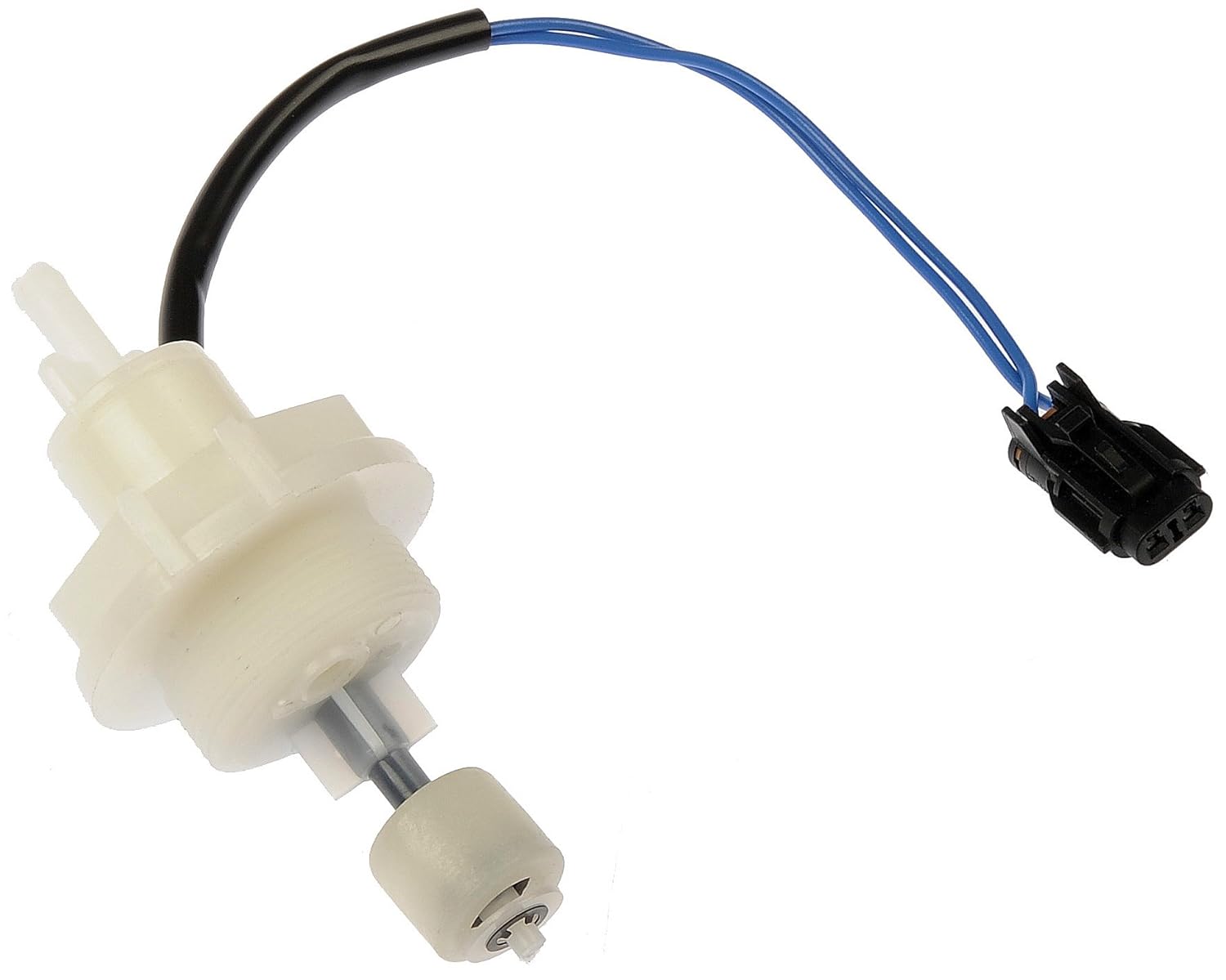Automotive Sensors John Turner Pdf

The creation of the digital world is perhaps the most remarkable enginee ring event of the late twenti- eth century and may be compared in impact to the harnessing of steam at the beginning of the nine- teenth. Obviously, the two cannot otherwise be compared, representing as they do the transition from the era of power to that of information. Even the term “transition” is misleading because the digital world depends entirely on the prior existence of sources of electrical energy, currently derived largely from thermal and nuclear processes, with an ever-increasing reliance on renewable content including the harnessing of tidal, wind and solar sources. Furtherm ore, chemical sources of energy should not be forgotten, including the wide range of “pe rsonal” batteries powering everything from laptop comput- ers to hearing aids and pacemakers, and the currently-developing fuel-cell technology that may yet make the electric automobile a viable proposition. Muscle growth flash games. The digital world is also dependent upon the provision of sources of information. Such input information can itself be digital, as when a human being types data directly into a computer or when nuclear disintegrations are counted by an appropriate sensor.
However, other sources of information rely upon sensors that transduce phenomena derived from mechanical, optical or chemical/biological phenomena into (usually) electrical signals. Because real-world phenomena are predominantly analog in nature, these signals are therefore also in analog form. Such signals may then be amplified, condi- tioned and applied to analog-to-digital (A-D) converters for entry into the digital world—all major topics in their own right. Actually, there is always a level at which even digital processes take on analog characteristics.
For example, the heat generated within computer chips arises mainly during the (analog) transitions between the ON and OFF states of the multitude of transistor structures contained therein. The present series of volumes is entirely concerned with sensors themselves, and because the subject matter is so wide-ranging in both scope and maturity, this is reflected within the individual books. So, whereas care has been taken to include a considerable amount of practical material, the proportion of such leavening is inevitably variable. Thus, the volume concerning chemical sensors may be regarded as largely oriented towards research and development, whereas at the other end of the spectrum, the avionics volume and the present automotive volume are based largely on current practice. This disparity is in part driven by the safety-oriented conservatism in these latter fields, but future developments in both have not been ignored.